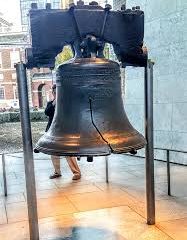Exploring the Historical and Modern Aspects of Huddersfield

Introduction
Huddersfield, a vibrant town located in West Yorkshire, holds a unique significance due to its rich history and ongoing developments. Known for its impressive architecture and cultural heritage, the town serves as an important hub in the region, appealing to residents, tourists, and businesses alike. With recent investments and events shaping its future, understanding Huddersfield’s past and present is essential for anyone interested in UK towns of note.
The Historical Context
Founded during the early Middle Ages, Huddersfield grew into a significant market town by the 18th century, bolstered by the Industrial Revolution. It became a centre for textiles, particularly wool production, which significantly contributed to the local economy. Key historical sites such as the iconic St. George’s Square and the railway station highlight the town’s prominent architectural legacy. Additionally, Huddersfield is famous for its role in the heritage of UK rugby league, being home to the first-ever club established in the sport.
Modern Developments
The contemporary landscape of Huddersfield is shaped by modern enterprises and cultural initiatives. Noteworthy investments in technology and education include the University of Huddersfield, which has garnered national recognition for its innovative programmes and research. Furthermore, the town has welcomed a wave of regeneration projects aimed at revitalising its infrastructure and enhancing public spaces. Initiatives such as the Huddersfield Town Centre Masterplan reveal the local council’s commitment to creating a sustainable and vibrant urban environment.
Current Events
As of 2023, Huddersfield is also making headlines for its community-led projects focusing on sustainability and green initiatives. Local organisations are actively participating in efforts to reduce carbon emissions and promote environmentally conscious behaviours. Events such as the Huddersfield Literature Festival began attracting visitors from various backgrounds, encapsulating the town’s cultural diversity and vibrancy.
Conclusion
With its historical roots and modern advancements, Huddersfield stands out as a town with a dual identity. Its commitment to preserving its rich heritage while embracing new opportunities reflects the broader trends in urban development across the UK. For residents and visitors alike, Huddersfield continues to offer an enriching experience, blending tradition with progress. As the town evolves, its significance within the context of West Yorkshire and beyond reminds us of the importance of balancing history with innovation.









